A Crossroads of Multinational Fine Dining in Modern Osaki
On the evening of May 28, 2024, I opened the doors to “Italian Dining Il Chianti” on the second floor of Daiwa Roynet Hotel Tokyo Osaki, located near Osaki Station. Osaki is a place that has undergone dramatic transformation from a corner of Shinagawa that once prospered with seaweed cultivation to a refined modern office district.
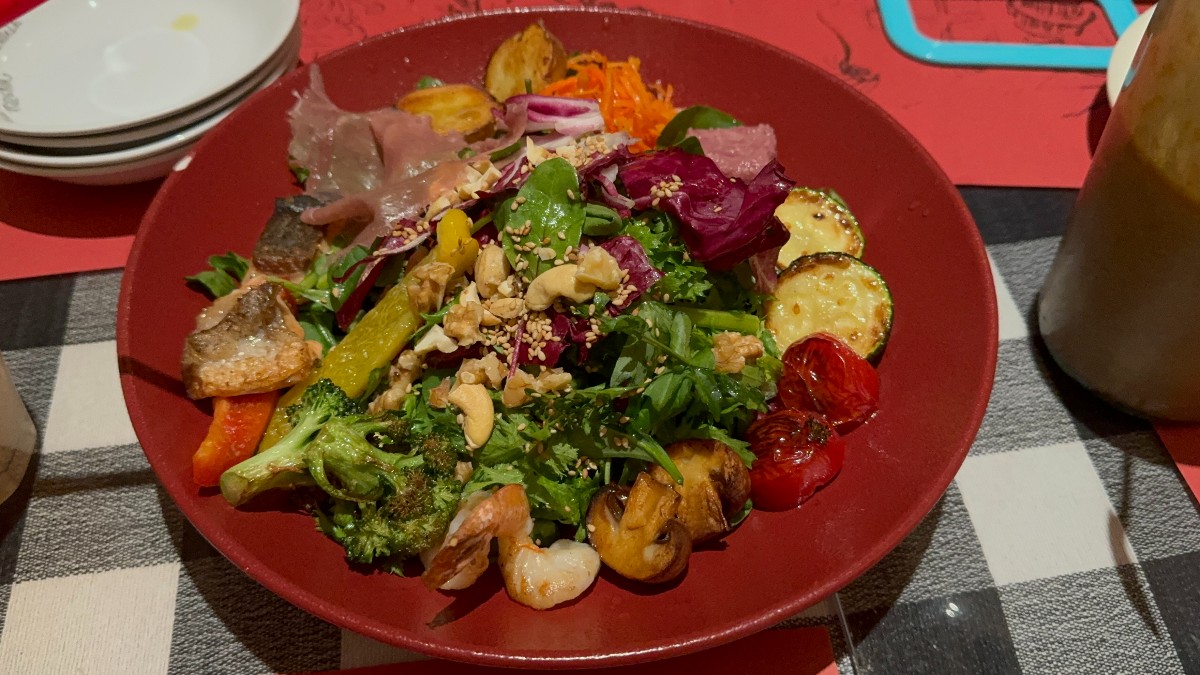
While gazing at this colorful salad, I was reminded anew of the richness of modern Tokyo’s food culture. Here, vivid colors reminiscent of Mediterranean sunshine dance before you. The deep red of tomatoes, the rich green of broccoli, the yellow and orange of bell peppers, and the beautiful purple of red onions. The harmony woven by these vegetables is truly a symbol of the “internationalization of food” that modern Japan has embraced.
The History of Osaki as a Chronicle of Tokyo’s Transformation
Unraveling Osaki’s history reveals that it prospered as part of Shinagawa-juku during the Edo period and developed as an industrial zone from the Meiji era onward. Particularly during the post-war high economic growth period, it supported Tokyo’s industry as a heavy industry hub.
However, redevelopment from the late 1980s transformed this area completely. Former factory complexes were demolished and replaced with high-rise office buildings and hotels, creating a modern cityscape. Daiwa Roynet Hotel Tokyo Osaki, where Il Chianti is located, can be said to be one of the products of such urban regeneration.
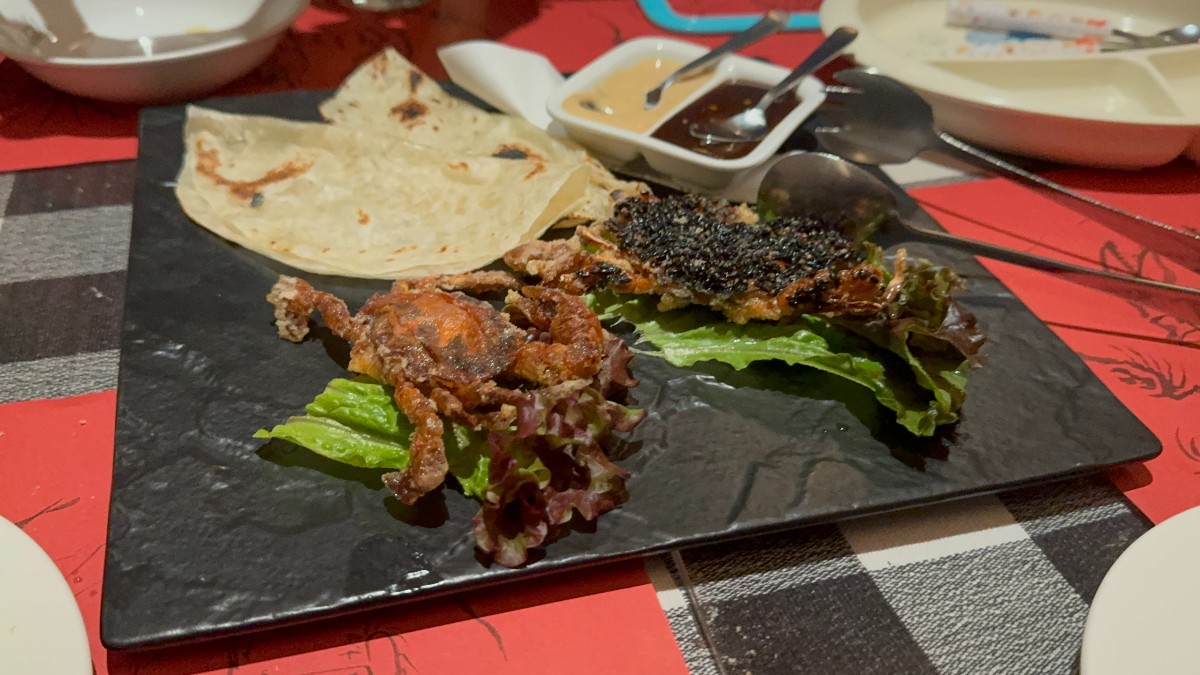
This Italian plate perfectly expresses the diversity of modern Osaki. The beautifully plated dishes on black slate represent traditional Italian cuisine while featuring contemporary presentation. Soft-shell crab tempura, salad, and accompanying tortilla. The way these harmonize on a single plate is also a microcosm of modern Tokyo where multinational cultures coexist.
Il Chianti’s Embodiment of “Italian Dining” Philosophy
Il Chianti, which calls itself an “Italian dining” establishment, has a deep philosophy that goes beyond being merely an Italian restaurant. It is an attempt to establish the common dining culture of Italy’s “trattoria” and “osteria” in Japan’s urban areas.
In Italian food culture, meals are not simply means of nutrition intake. They are places for communication with family and friends, cultural acts that enrich life itself. It’s interesting that this restaurant in Osaki’s business district attempts to provide such Italian-style “relationship building through food.”
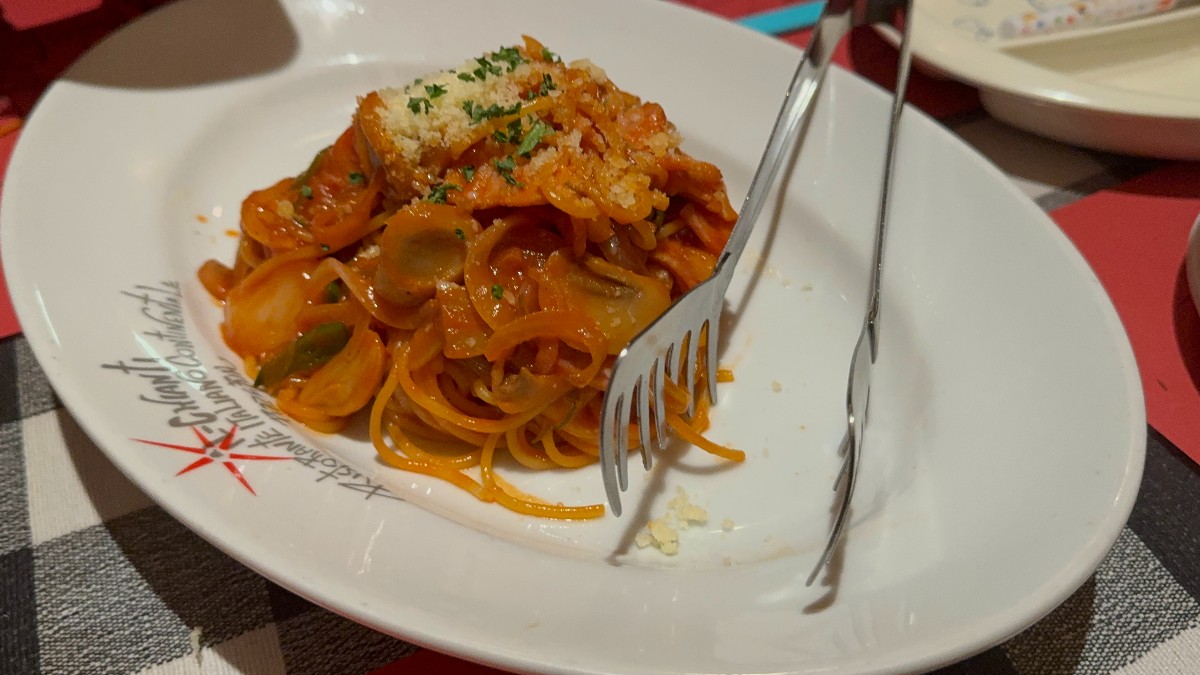
This tomato-based pasta clearly represents Il Chianti’s culinary philosophy. Rich yet not heavy, voluminous yet refined. It’s a dish that beautifully balances the “satisfaction” that modern busy businesspeople seek with the “depth of flavor” inherent in authentic Italian cuisine.
The Evolution of Modern Italian Cuisine Told Through Rich Color Variations
Looking at Il Chianti’s menu, you can see that the expression “menu with rich color variations” is perfectly appropriate. This is not merely pursuing visual beauty, but represents the evolution of modern Italian cuisine.
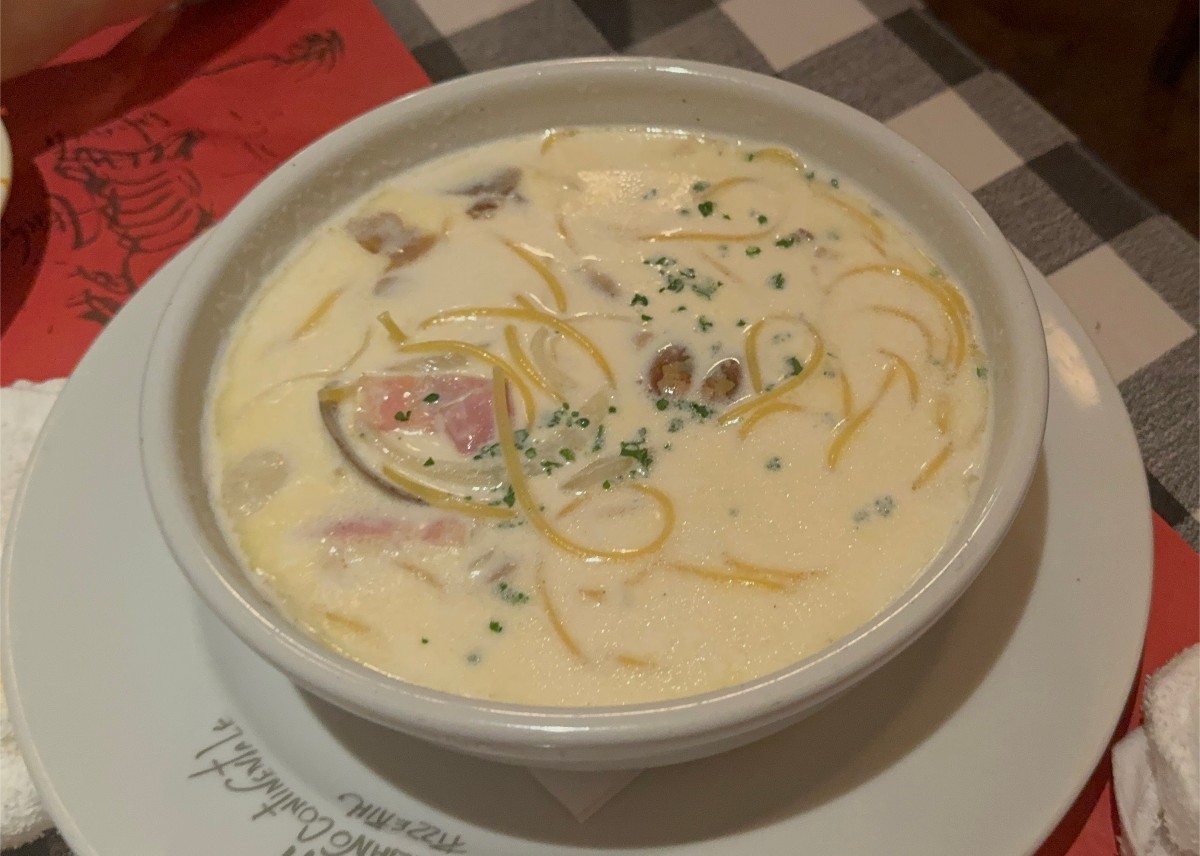
This cream sauce pasta is a masterpiece where the umami of clams and the richness of cream harmonize exquisitely. The way Italian cuisine handles “seafood” represents the essence of Mediterranean culture. The ocean’s umami extracted from each clam fuses with the cream sauce to create new dimensions of flavor.
Modern Italian cuisine continues to evolve by maintaining tradition while adding creative innovations. You can feel such innovation of contemporary Italian cuisine breathing in this single dish.
Satisfying Volume Indicates Modern People’s Desires for Food
What deserves special mention about Il Chianti’s cuisine is its overwhelming volume. This is not simply about quantity, but is based on a deep understanding of the “satisfaction” that modern urban dwellers seek.
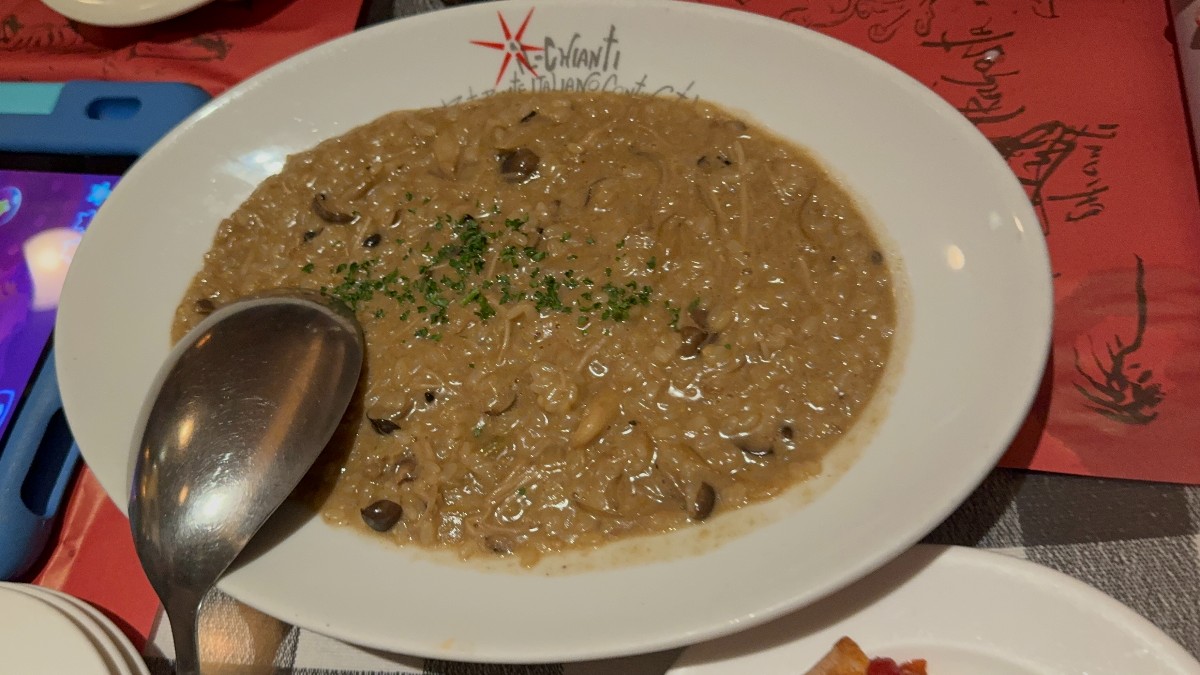
This mushroom risotto is exactly a representative example. Each grain of arborio rice is infused with mushroom umami, achieving richness while maintaining a light mouthfeel. The composition that maintains interest from beginning to end despite its volume speaks to the chef’s high level of skill.
Modern office workers consume considerable energy through their demanding daily work. For such people, dinner is “nutrition for the soul” beyond mere energy replenishment. Il Chianti’s hearty dishes respond to both the physical and spiritual needs of modern people.
Il Chianti’s Significance as Office District Gourmet
Considering Osaki’s location, Il Chianti plays a role that transcends being merely an Italian restaurant. It functions as a “cultural oasis” in modern office districts.
As the address Shinagawa-ku Osaki indicates, while this area is part of Shinagawa Ward, it forms its own unique cultural sphere. It’s close to Shinagawa Station where the Shinkansen and Yamanote Line intersect, with good access to Haneda Airport. It’s truly one of modern Tokyo’s transportation nodes.
Il Chianti in such a location serves as an important cultural contact point for international businesspeople and those visiting Tokyo on business trips. It’s a place where you can experience the depth of Japanese food culture through authentic Italian cuisine.
The Cultural Significance of “Italian Dining” in Modern Tokyo
The significance of “Italian dining” establishments like Il Chianti taking root in modern Tokyo is profound. It’s proof that Japan doesn’t simply import foreign cuisine, but understands its cultural background and develops it while adding Japanese interpretation.
The essence of Italian cuisine lies in “convivialità” (the joy of communal dining) that deepens bonds with family and friends. Perhaps this is an attempt to restore people’s spiritual richness by incorporating this philosophy into modern urban life that tends toward individualism.
The Future of International Understanding and Cultural Exchange Through Food
The evening spent at Il Chianti in Osaki was an experience that made me think deeply about the possibilities of international understanding through food. By understanding the cultural background embedded in each dish, we can develop a richer international sensibility.
Modern Tokyo is a rare city where you can enjoy cuisine from around the world. However, what’s important is not simply enjoying foreign flavors, but contemplating the culture, history, and people’s lifestyles behind them.
What restaurants like Il Chianti provide is exactly such “cultural dining experiences.” Rich color variations, satisfying volume, and authentic flavors. All of these symbolize modern Tokyo’s maturity as an international city.
For domestic and international intellectuals, cultivated people, and true gourmets, dining at restaurants with such cultural backgrounds offers learning opportunities that transcend mere gourmet experiences. Next time you visit the Osaki area, please experience the essence of “Italian dining” at Il Chianti. There, the cultural diversity of modern Tokyo and the possibilities of international understanding through food are concentrated.